As part of our world trip, we were heading to Southeast Asia after the holidays. We surprised Mason with something special for Christmas: a three-day excursion to Phnom Tamao Wildlife Reserve in Cambodia. Run in partnership with Wildlife Alliance, the team works to rehabilitate and release animals back into the wild. With an 80% success rate and one of the few places in the world to see pangolins (Mason’s favourite animal) up close, it was a perfect match for our little animal lover.
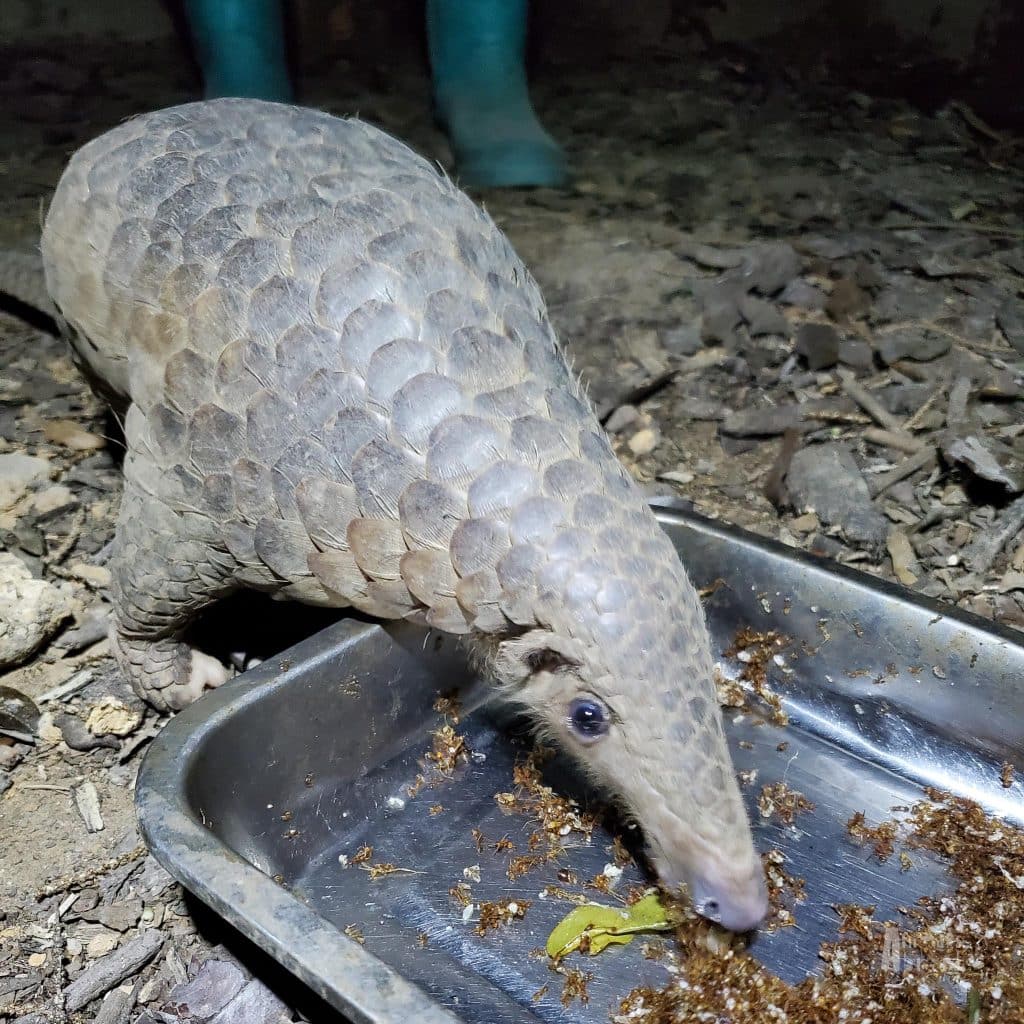
This jungle rescue centre isn’t a zoo, and it’s definitely not polished. It’s raw, rugged, and full of purpose. But for true animal lovers and adventurers, it offers a rare chance to witness conservation in action. For us, it became one of the most unforgettable parts of our entire trip.
Getting There: A Jungle Adventure
Our journey to Phnom Tamao felt like a real-life chapter from Robinson Crusoe. After a three-hour drive from Phnom Penh, we met our guide Bond at a ferry terminal—but no boat was in sight. The regular ferry was out of service. Instead, the crossing was on a makeshift raft.
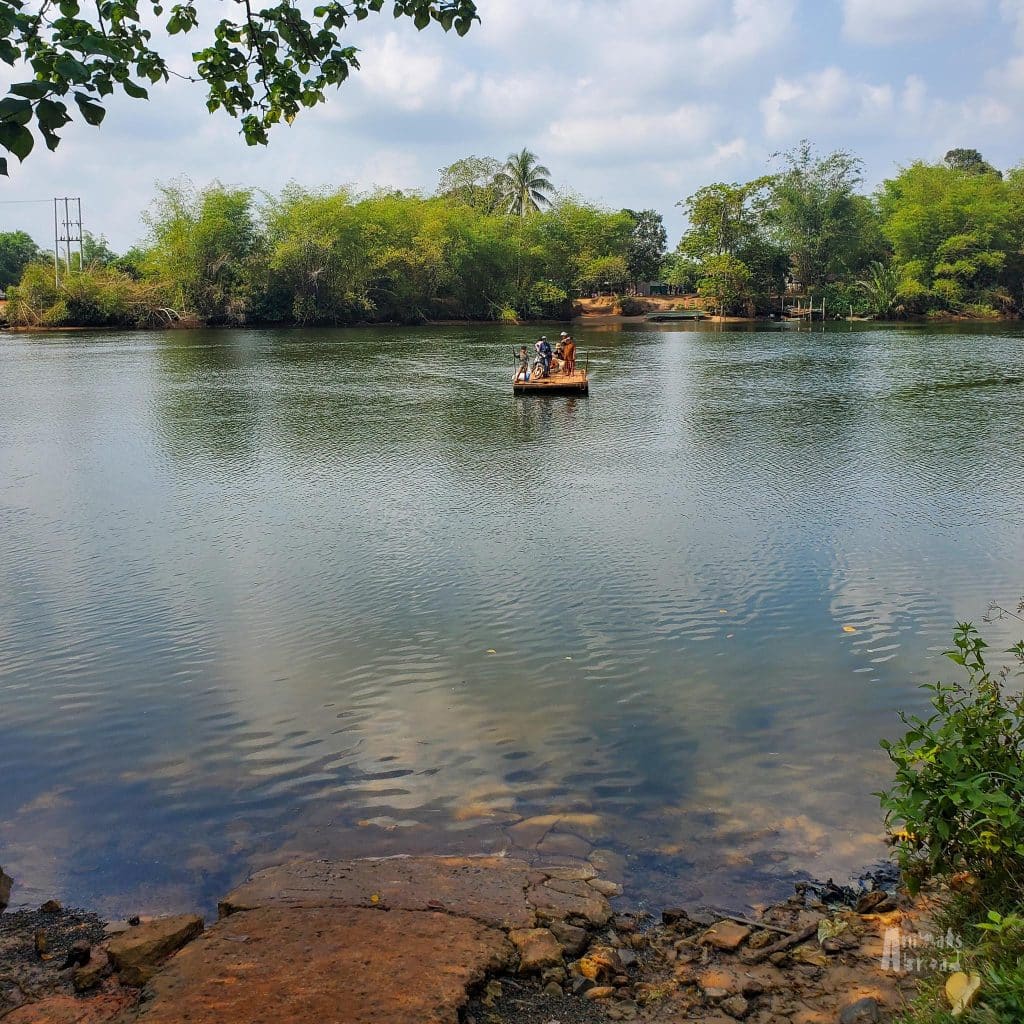
Once on the other side, we climbed onto motorbikes for our first-ever jungle ride. The road (if you can call it that) was a mix of deep sand, dirt tracks, potholes, and even a balance-beam-style bridge. Branches slapped our helmets as we bumped through the forest. It was wild. And honestly? It was awesome.
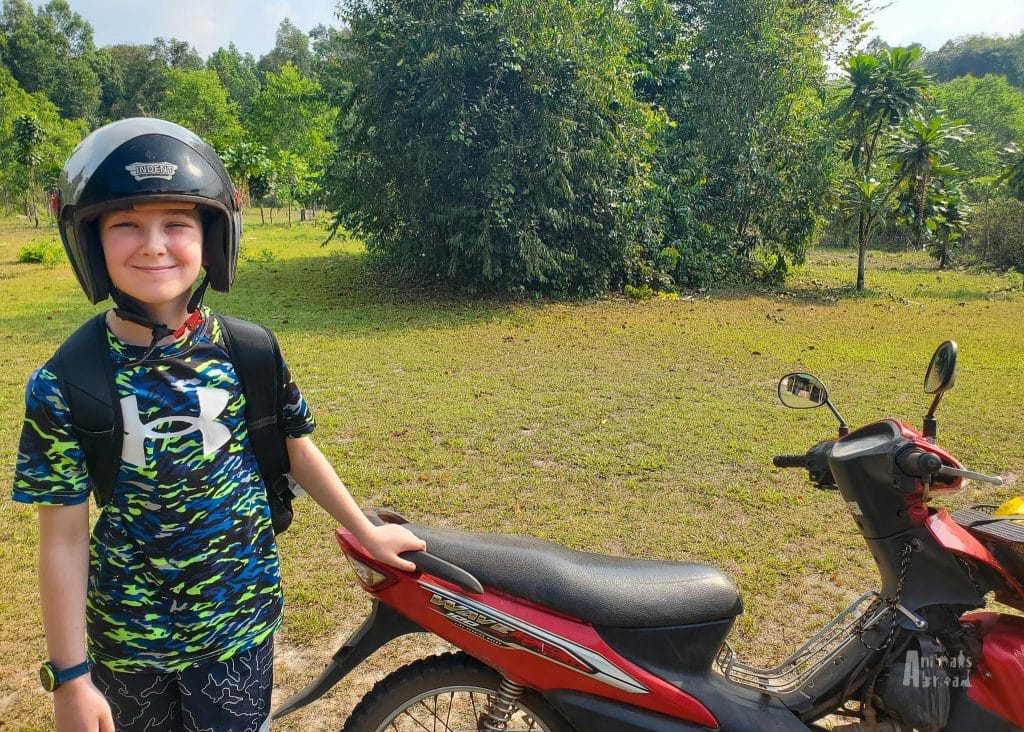
Camp Life: Rustic but Rewarding
The camp is exactly as advertised: basic. It runs entirely on solar power, so no AC or ceiling fans, and the wooden cabins are… ventilated, shall we say. Gaps between the slats meant we shared our space with curious lizards, ants, and spiders. The mosquito nets were essential, although the ants, rather than mosquitoes, were the real biters during our dry season stay.
Despite the rustic setup, the meals were hot, hearty, and delicious. The real luxury here was the chance to slow down and immerse ourselves in nature.
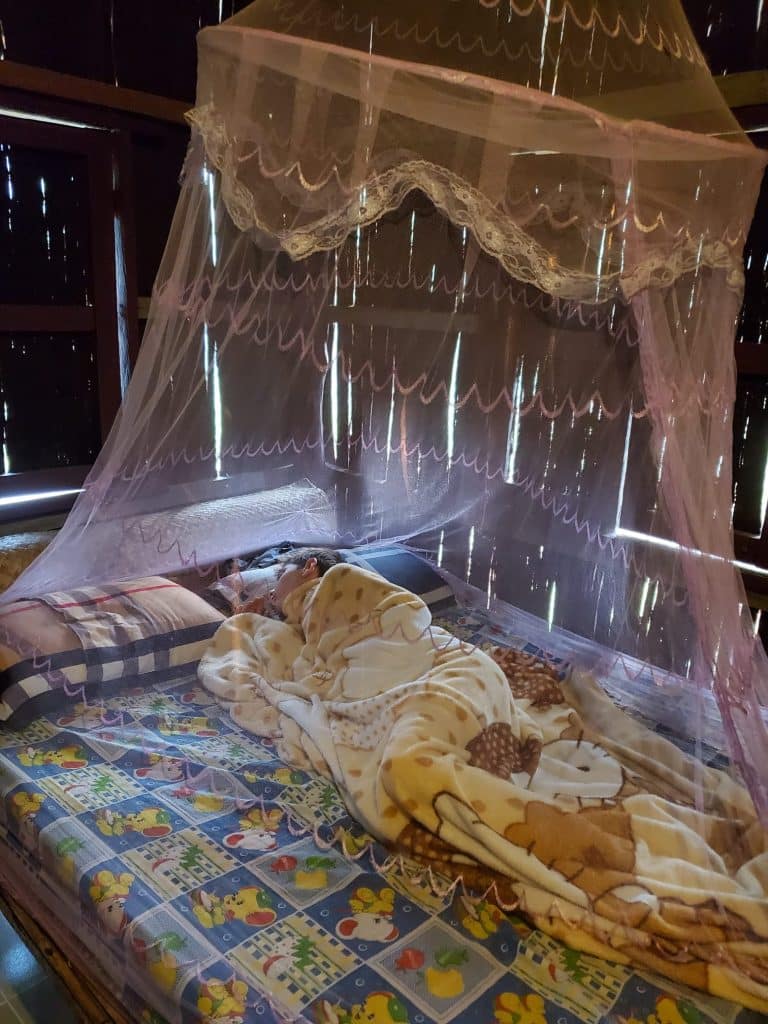
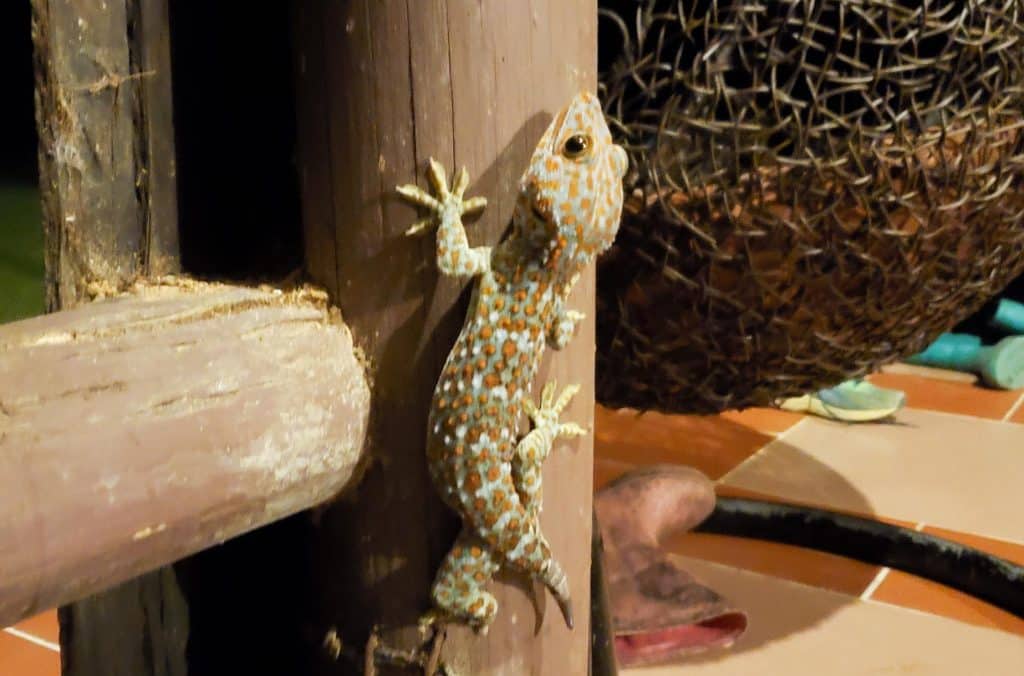
A Working Rescue Centre
Phnom Tamao is a living, breathing rescue and rehabilitation site. The centre is always in motion, with animals constantly being brought in, cared for, and prepared for release. Some are babies still being bottle-fed, others are recovering from injury, and a few are nearly ready to head back into the wild. Because it’s a working rescue site, you never know exactly which species you’ll encounter from week to week, making every visit unique
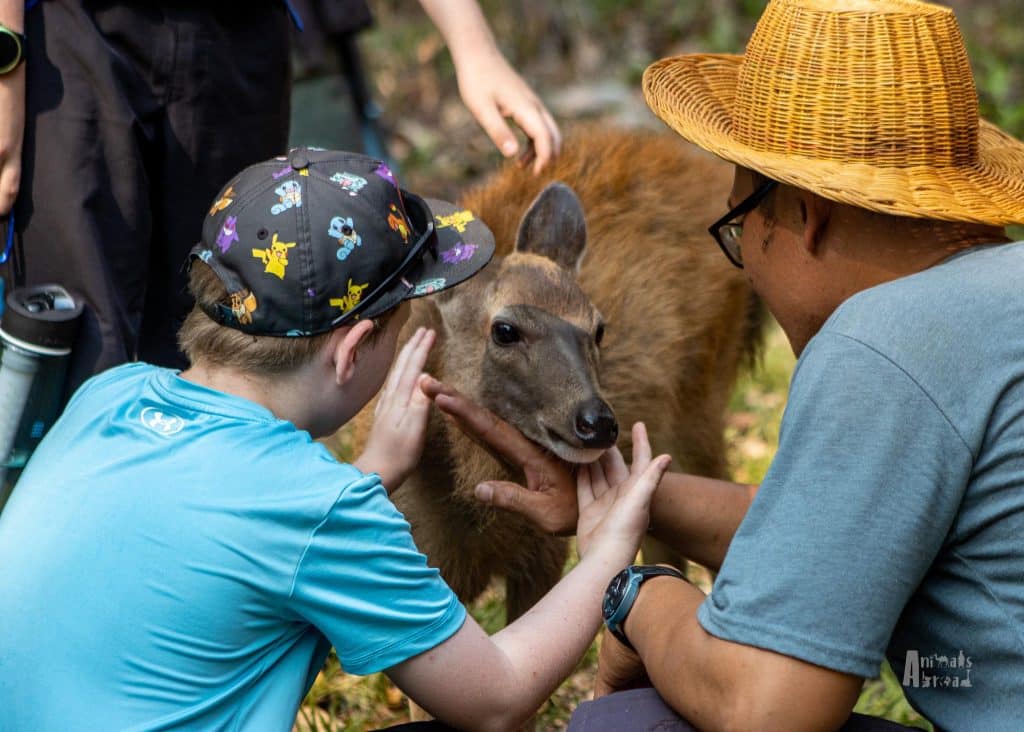
The enclosures are large and natural, and animals only receive half of their food from the staff to encourage foraging. The team at Phnom Tamao is deeply committed to each animal’s long-term success, often trying multiple release strategies to ensure they have the best chance of survival.
Each booking includes an English-speaking guide, and we were lucky to be paired with Bond, who was knowledgeable and passionate about the animals. The resident keepers work on-site, dedicating their lives to the animals’ care.
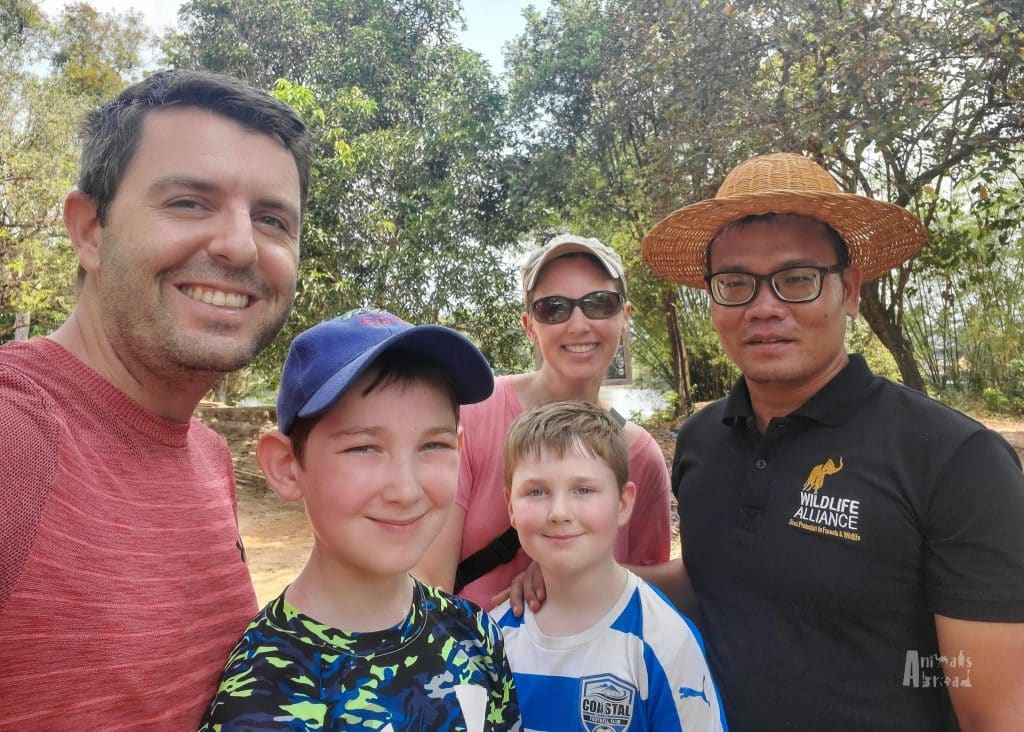
If you’re looking for a jam-packed itinerary, this may not be the place for you. Guests are invited to join animal feedings at 7 am, 3 pm, and 9 pm (the last one is for the nocturnal pangolins), take jungle walks, and view camera footage from the surrounding forest. But there are long, quiet stretches between. We spent those hours reading, playing cards, and chatting with Bond and the keepers. Those conversations were some of the most meaningful moments, deepening our understanding of the animals and the people working so hard to protect them.
Nighttime Stars: The Pangolins
Pangolins are one of the world’s most trafficked mammals. Their unique scales are (wrongly) believed to have medicinal properties, making them a high target for poachers. Phnom Tamao is one of the few places in the world where rescued pangolins are being rehabilitated for release.
Every night at 9pm, we grabbed our flashlights and headed to the pangolin enclosures—Mason leading the charge.
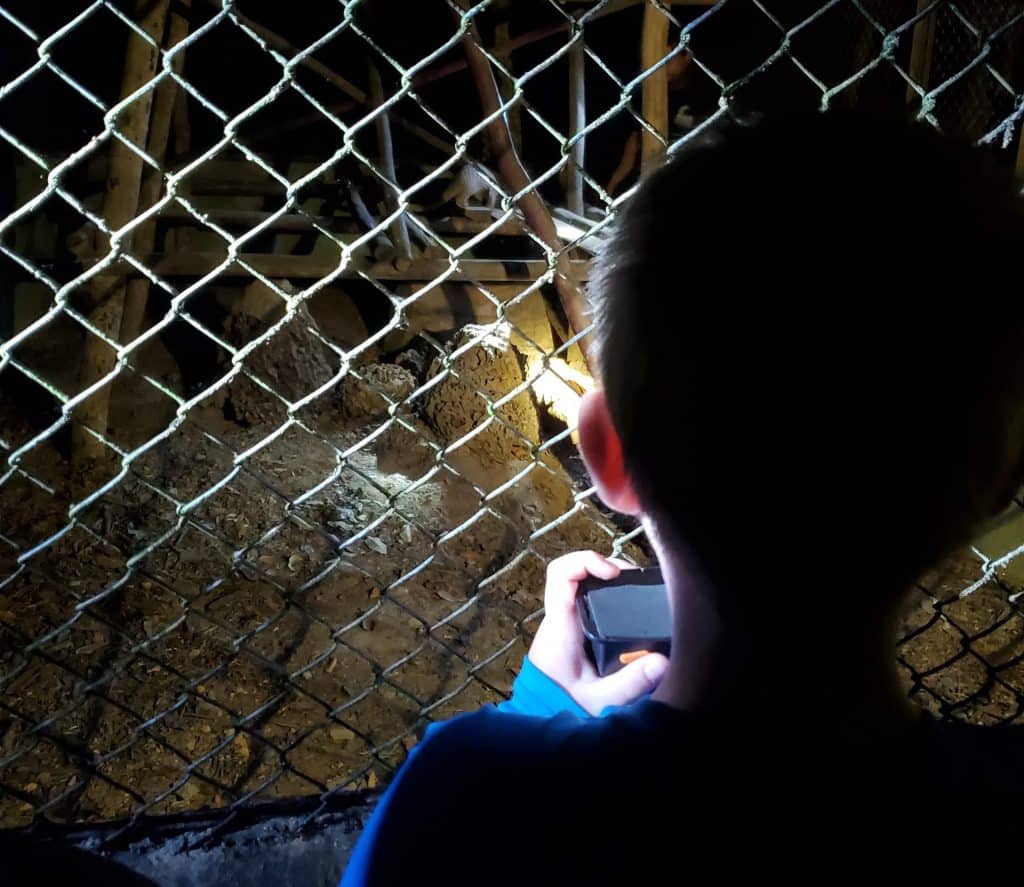
We watched a male pangolin devour a tray of ants with his sticky, lizard-like tongue, then pace his enclosure like he was trying to get his “steps” in for the night. He climbed up and down the poles with surprising ease—something we hadn’t expected from these adorable creatures. Another female, recently rescued after her foot was caught in a trap, navigated her space with impressive strength and balance. Despite her missing limb, the keepers remain hopeful she can eventually be released.
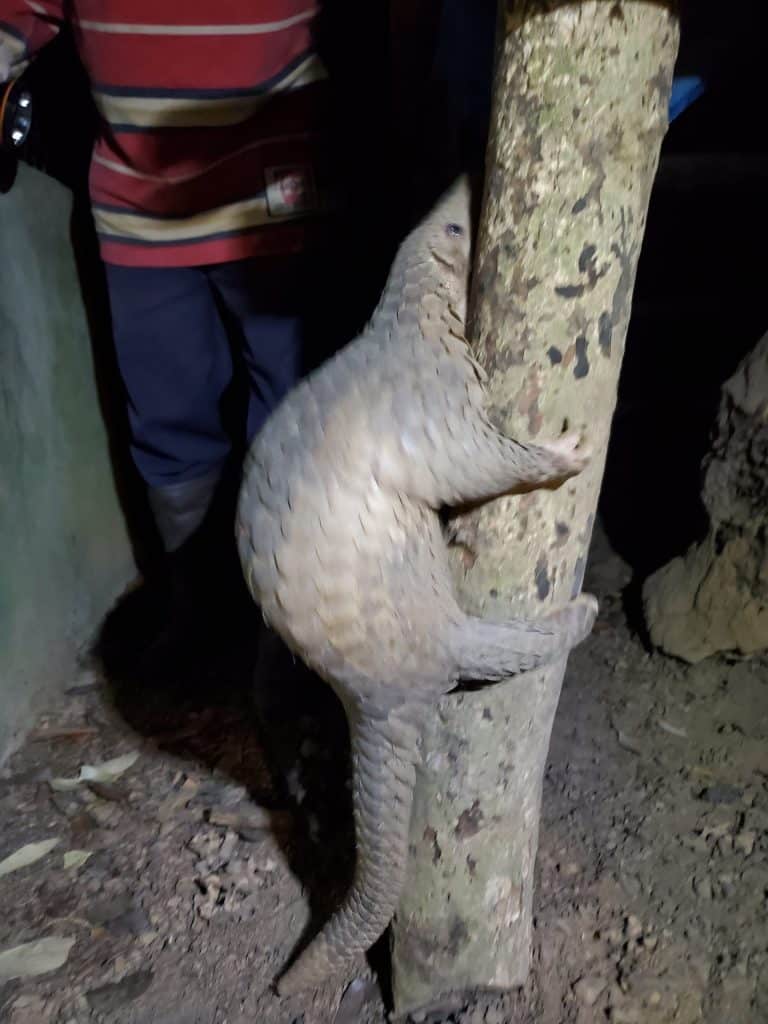
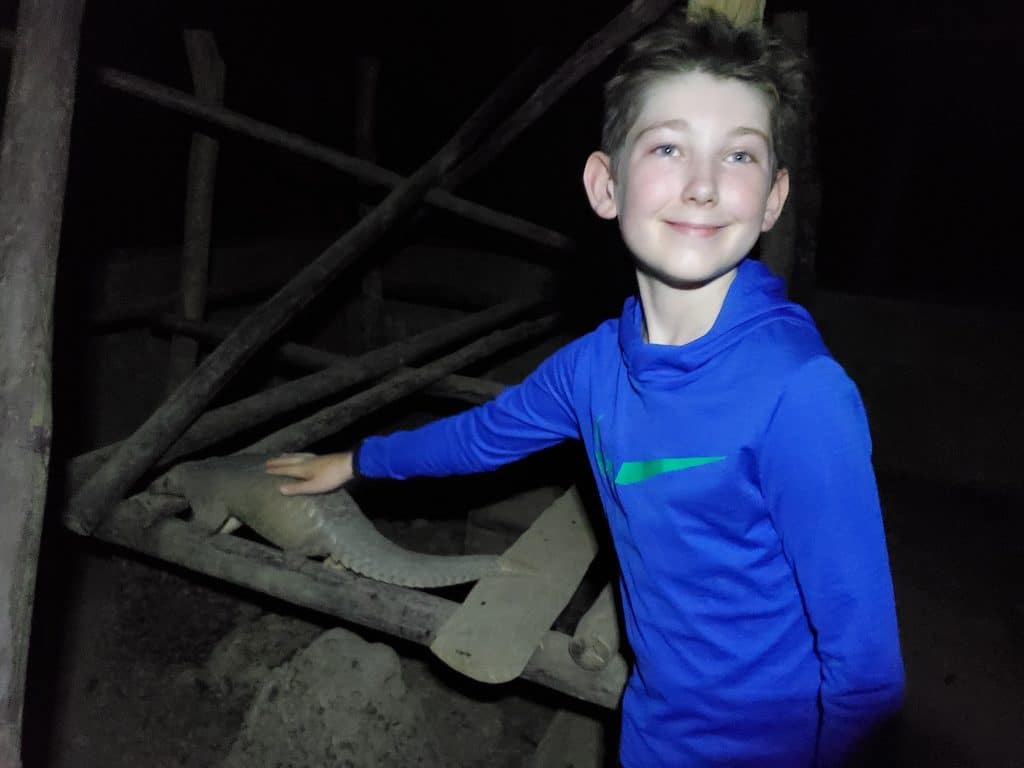
We were even invited into her enclosure—an incredible moment. She trotted between our legs, let us gently touch her armoured scales, and even accepted a little belly rub. Her gentle nature and calm curiosity instantly won us over. It’s hard to describe just how endearing she was, and even harder to reconcile that such peaceful, vulnerable animals have been hunted to near extinction. Meeting her up close made the threats they face feel heartbreakingly real.
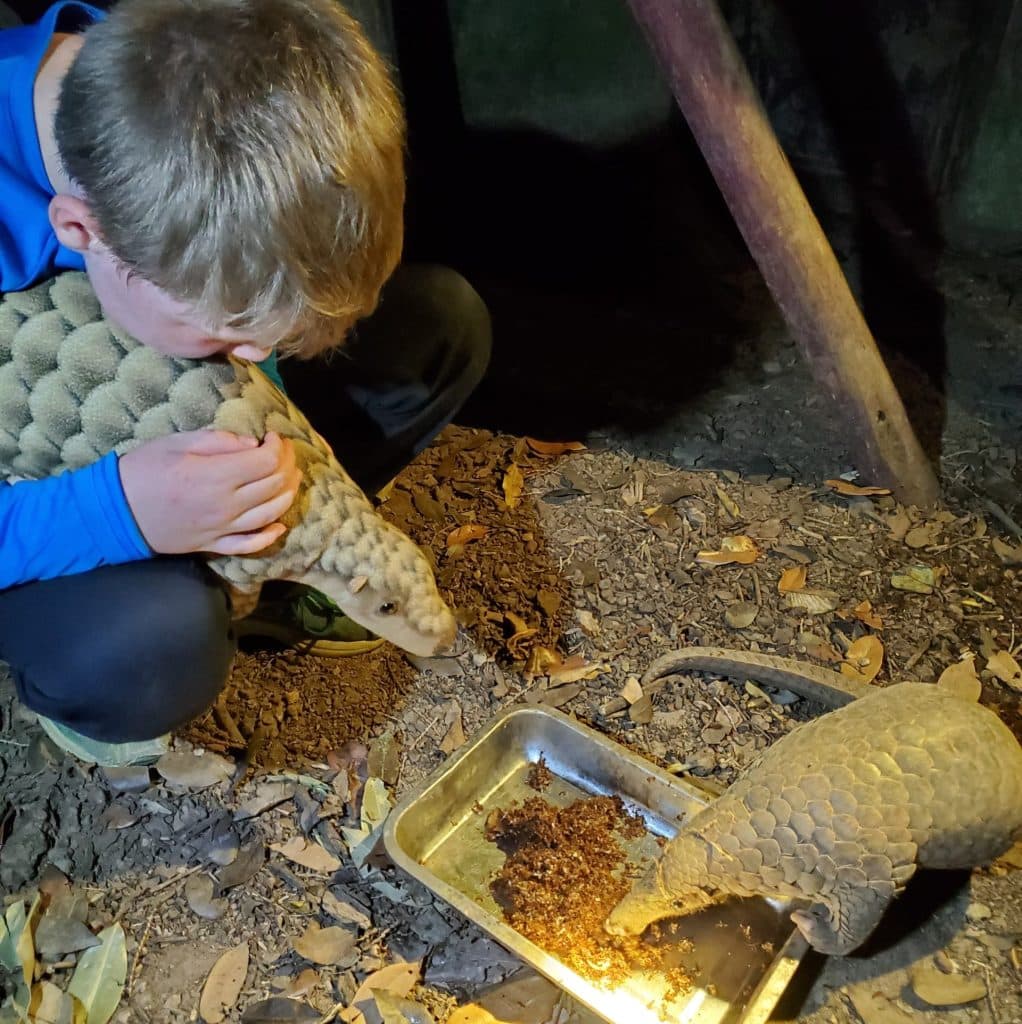
Mason was in heaven. He named the pangolins Scales and Brooklyn, brought his stuffed pangolin to “meet” them, and ran to every feeding. We all looked forward to the pangolins each night, and the goodbyes were especially hard for Mason. He was quiet the entire ride back to Phnom Penh. I think a piece of his heart stayed behind.
Quick Pangolin Facts
• Pangolins are the only mammals fully covered in scales.
• Their diet is almost entirely ants and termites, which they catch with a long, sticky tongue.
• When threatened, they curl into a tight ball, making them easy targets for poachers.
• All eight pangolin species (four Asian, four African) are threatened by illegal trafficking.
• Their scales are made of keratin—the same stuff as human fingernails.
Sun Bears and More
Around the common area, two released hornbills hopped freely, preferring to stay close to their former keepers. One, named Jewel, had quite the personality. He was grumpy and was often seen eavesdropping by pressing the side of his head up to the kitchen wall, but he was an avid soccer player and enjoyed playing with the boys!
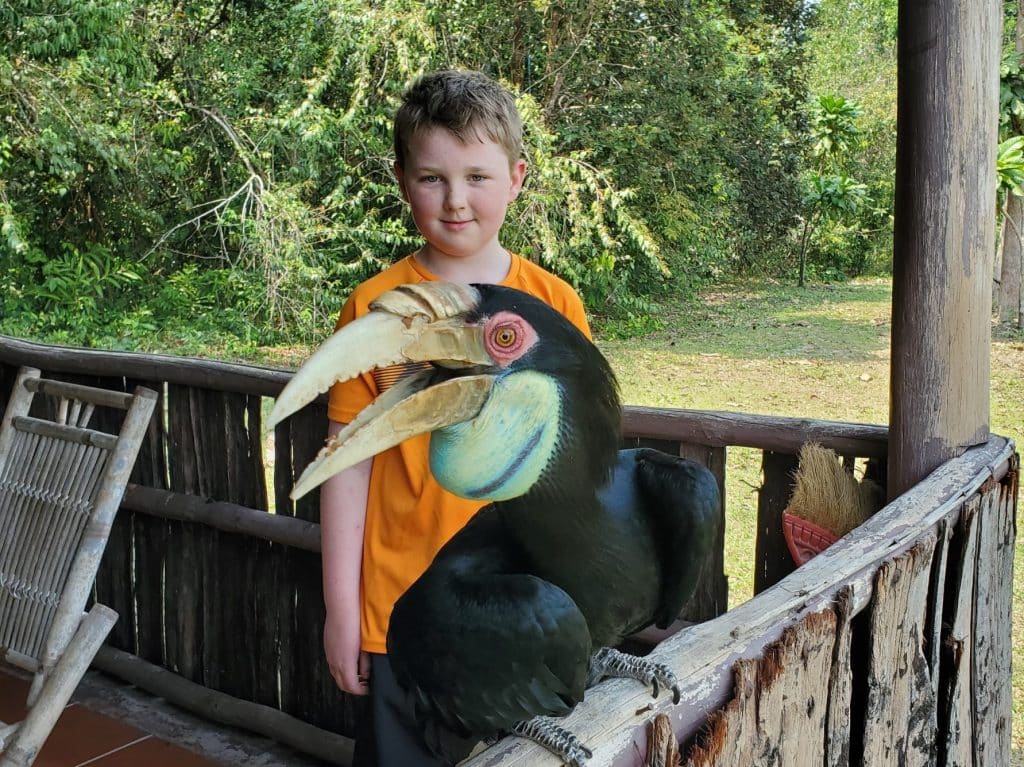
During the day feeds, we saw a silver langur, a baby sambar deer, a leopard cat, and we met Jack and Rose, two rescued sun bears. Jack, the older male, is strong and serious. Rose, just two years old, is playful and puppy-like. Watching them eat was a highlight. Especially when opening and eating individual bananas, Jack, who would tear open coconuts with surgical precision and devour every scrap, would not leave a drop of coconut water or a sliver of meat behind.
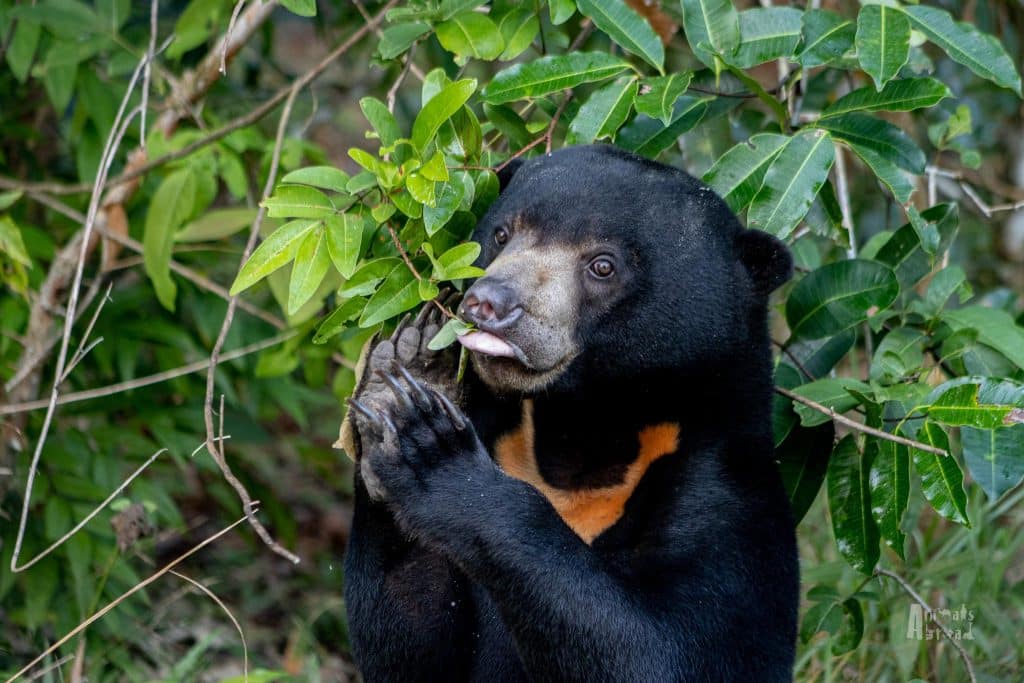
A Hike to Remember
We joined a two-hour jungle hike on our first morning—hot, humid, and crawling with bugs (and the occasional leech). Despite our best efforts with sock-tucking, Jackson got a surprise leech bite, but he handled it like a champ.
We didn’t spot much wildlife, but our guide pointed out claw marks from sun bears and explained the forest’s unique flora. We came back drenched, exhausted, and ready for an icy drink. Luckily, they had a cooler full of Coke and beer!
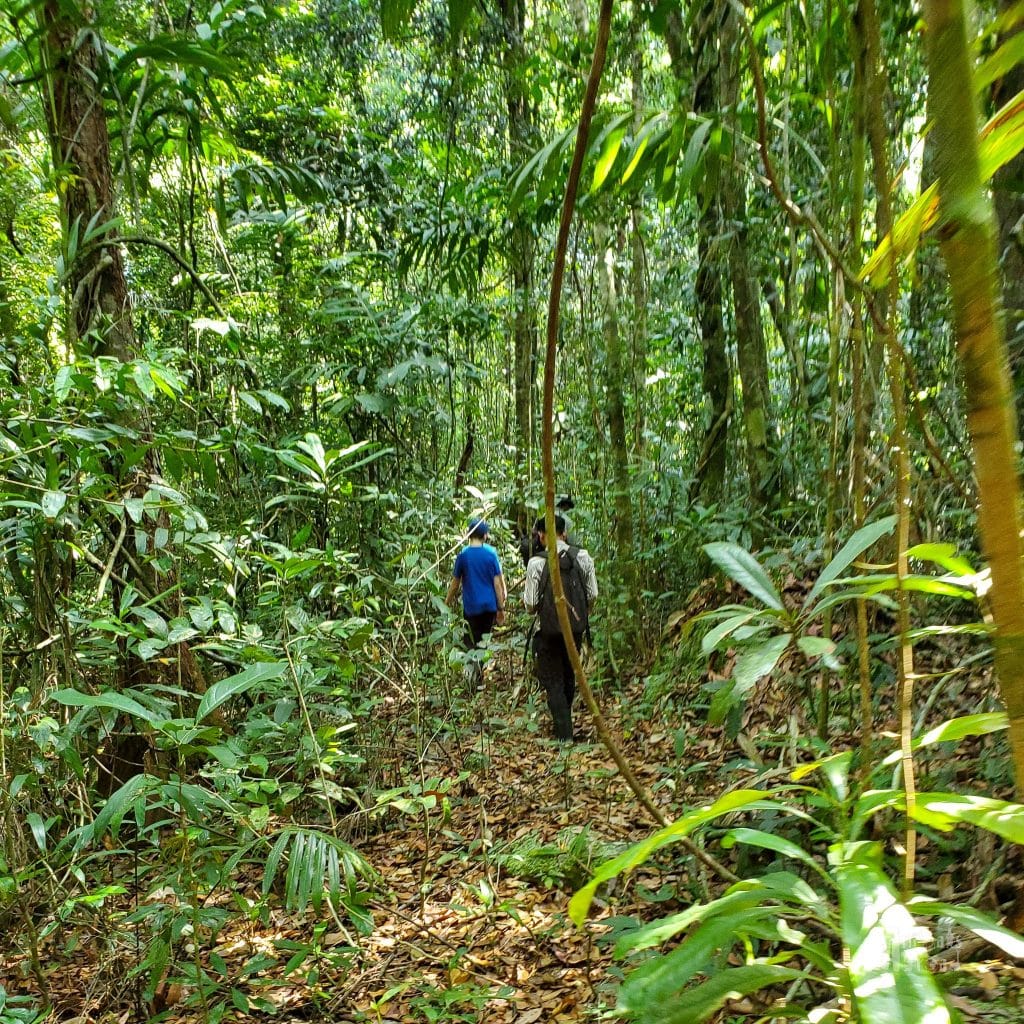
A Family Jungle Adventure
Our time at Phnom Tamao was muddy, buggy, and uncomfortable at times. But it was also deeply meaningful. We left with dirty clothes, unforgettable memories, and a son who may have found his calling.
This isn’t a trip for everyone. If you want comfort and convenience, this probably isn’t your spot. But if you’re an animal lover—or have a future wildlife protector in your family—it’s a rare opportunity to see conservation work up close.
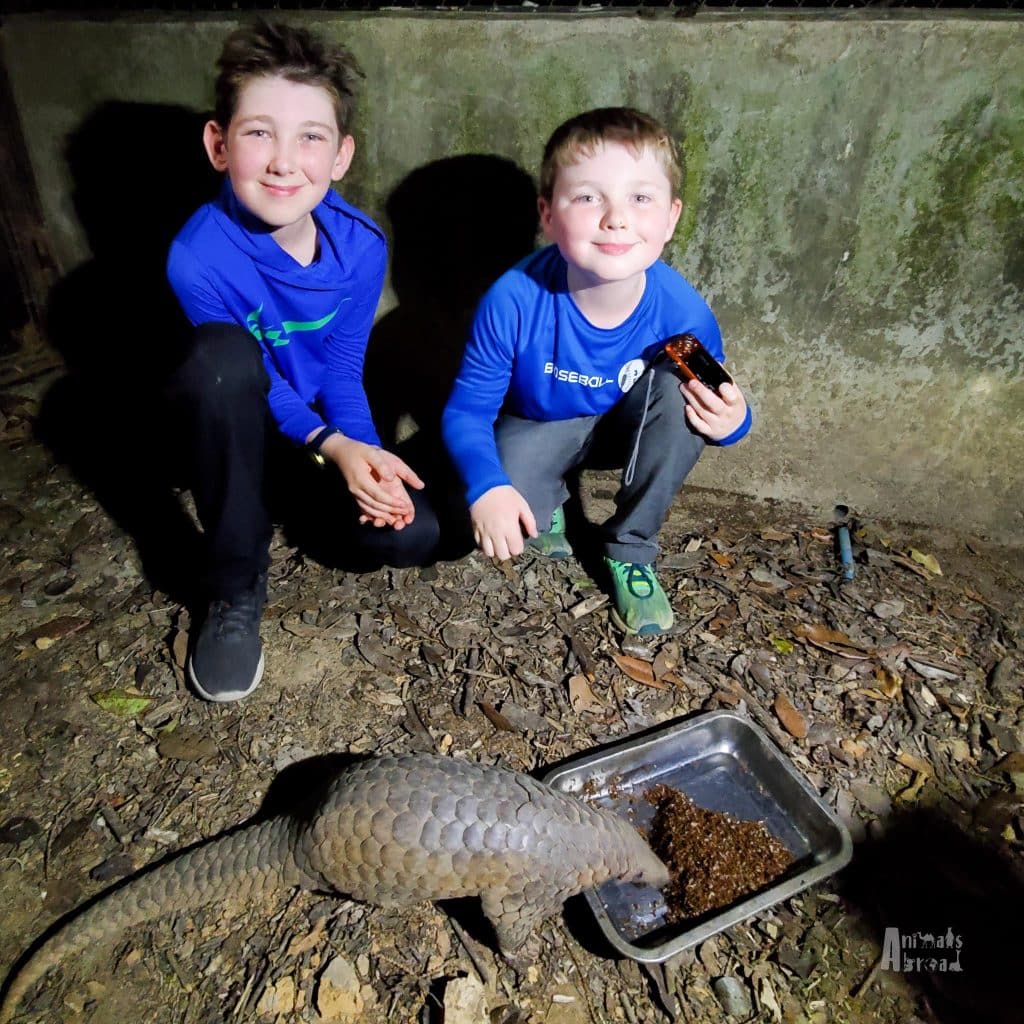
Ready to Explore Cambodia?
Check out these related posts to help plan your trip:
• Visiting the Killing Fields: Teaching Our Kids Cambodia’s Painful Past
• Three-Day Itinerary in Siem Reap with Kids
• Fun Things to Do in Siem Reap with Kids
• Exploring Angkor Wat with Kids
• Meeting the Hero Rats: A Family Visit to the Apopo Centre in Siem Reap

